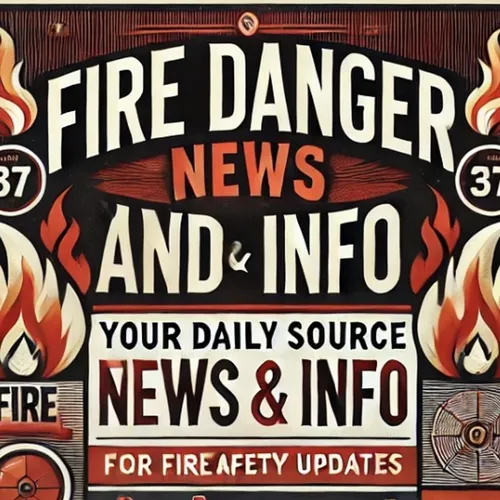Wildfires Rage Across the US as Heat, Drought, and Dry Conditions Fuel Heightened Fire Risk
- Author
- Quiet. Please
- Published
- Wed 09 Jul 2025
- Episode Link
- https://www.spreaker.com/episode/wildfires-rage-across-the-us-as-heat-drought-and-dry-conditions-fuel-heightened-fire-risk--66919021
Wildfire danger remains high across large portions of the United States as intense heat, ongoing drought, and unusually dry conditions spark concerns for an active fire season. According to the National Interagency Fire Center, fire activity surged in June, with notable increases across Alaska, the Great Basin, and parts of the Southwest. The fire risk remains elevated in July and August, particularly in California, the Northwest, and much of the West, due to well below average precipitation and persistent dry weather. In California, the threat is especially acute as the state recovers from devastating wildfires earlier in the year, including blazes in Los Angeles that destroyed thousands of structures and claimed dozens of lives. The government outlook warns of significant fire potential across Northern California, the Sierra Nevada, and coastal regions, fueled by a pronounced warm and dry trend. Experts express concern that recent federal government restructuring and reduced resources for key firefighting agencies could hamper response efforts as conditions deteriorate.
In the Pacific Northwest, high fire danger is in effect for Oregon’s Jackson and Josephine counties, with the Neil Creek Fire growing to 250 acres as the Oregon Department of Forestry battles over 70 active wildfires. Authorities are urging the public to strictly observe fire restrictions, as many of these fires are believed to have been caused by human activity, which historically accounts for about ninety percent of all wildfires nationwide.
Elsewhere, New Mexico continues to grapple with multiple wildfires. The Laguna Wildfire near the Chama River Canyon Wilderness has burned over 4,800 acres, and smoke continues to impact local communities. The Panther Fire, which began on July second ten miles west of Lake Roberts, is now seventy-one percent contained after burning eighty acres, while fire crews have made significant progress on the Trout Fire north of Silver City.
Looking ahead, long-range forecasts by AccuWeather predict that between seven and nine million acres may burn across the United States this year, above the historical average, with sixty thousand to seventy-five thousand wildfires expected to ignite nationwide. California alone could see as many as nine thousand fires. The combination of rising temperatures, recurring droughts, and changing precipitation patterns is increasing wildfire risk across the country. Areas like Texas and the southern Plains face the additional threat of flash drought and timber litter fires, especially as extreme heat persists into late summer.
Internationally, wildfires continue to pose a threat in parts of Canada and southern Europe, but reports this week have largely focused on the escalating risk and active fires in the United States. The emerging pattern is clear: rising heat and dry conditions, combined with human activity, are driving a significant increase in fire danger for vast regions of the country this summer.
Some great Deals https://amzn.to/49SJ3Qs
For more check out http://www.quietplease.ai
